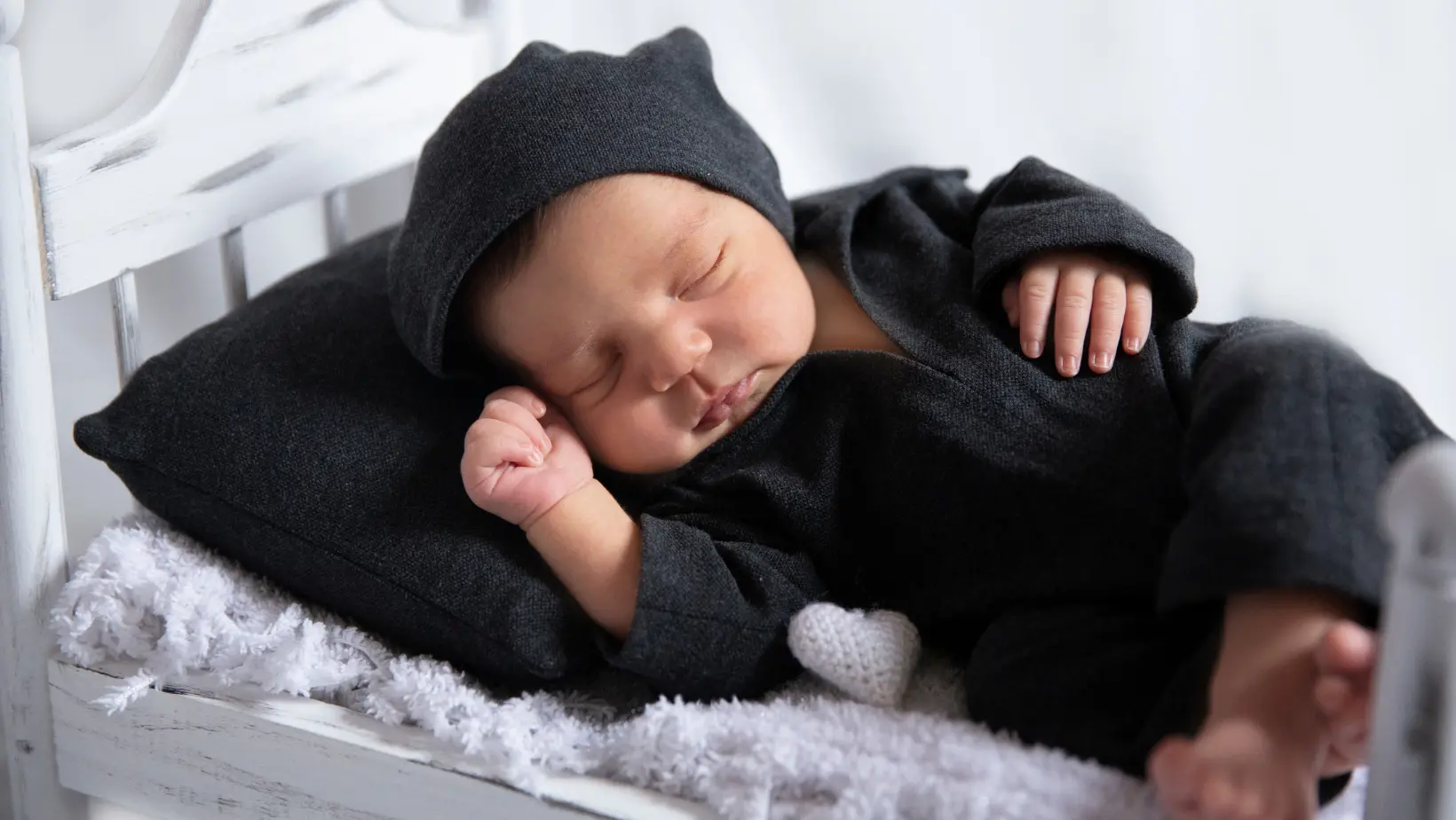Once again today I saw a baby in the clinic with cradle cap (yellow crust), and once again they were wearing four layers of clothing!
Parents always worry their children are cold, but they actually may be too hot! Some babies are always chilly and those that are always warm. You have to dress them accordingly.
Parents, please, don’t cover your babies too much. One layer more than you, that’s it. Whatever the season. A baby’s heat is released from their head, so no hats inside or in the car. If your baby’s back is damp or wet, they are too warm. Be careful of wool and fleece caps which don’t absorb sweat and create a humid environment which can lead to seborrheic dermatitis.
Seborrheic dermatitis, often called cradle cap, refers to an overproduction of sebum (fat) by the sebaceous glands and yeast (fungi) colonisation. In young children, sebaceous glands are voluminous and produce more sebum. That is why a child’s hair seems greasy. When there is more fat, it disbalances the scalp’s cutaneous flora and often leads to skin redness and flakes of skin that fall off, peeling skin, which raises (skin flakes) and the formation of yellowish crust. The flakes can extend to skin folds – behind the ears, on their face and eyelashes, forehead, neck and elsewhere. This change in flora leads to the proliferation of fungi called Malassezia, which increase the yellowish crust process.
Heat and humidity increase the reproduction of the sebaceous glands, so increase overproduction and lead to the proliferation of fungi that will develop in this damp environment. You will then see yellowish crust in their hair or more redness. These physical characteristics don’t cause itching or pain for the baby and are not dangerous.
Don’t rely on their hands, feet or nose to see if they are cold, as they are extremities and it’s normal they are cold. Your baby is the best thermometer.
Treatment Options:
A warm soapy bath every day for five minutes, soft shampoo and rinsing and then dry the baby’s scalp. Apply fragrance-free hydrating cream to avoid drying their skin.
You can use olive oil (or baby or mineral oil with 6% salicylic) applied to the crust with a cotton ball for example. Do this one hour before the bath to soften the crust to remove it. You can do this 2-3 times a week to remove the rest. Don’t aggressively rub because it can become sensitive for the baby.
If the crust seems to persist, you can use an antifungal cream, such as ketoconazole 2% combined with a cortisone 1%-based cream. There are also a ketoconazole based shampoos for babies with a lot of hair, such as Nizoral, but be careful of their eyes.
You can have your baby wear a cotton cap as needed (wind, cold or sun), and avoid fleece and wool caps that don’t absorb humidity and increase the problem.
If the problem persists, here is a recipe to reduce inflammation and the development of yeast (fungi):
- Shampoo with ketoconazole 2% applied twice a week for four weeks
- Cortat 1% cream applied on the crust once a day for 1-2 weeks maximum
- Shampoo sold in pharmacies for seborrheic dermatitis. Ask your pharmacist.
If the crust spreads to the rest of the body, you have to see your doctor or dermatologist to get a full evaluation and appropriate treatment.
Please watch this video about baby ailments.
Marie
The Baby Expert


